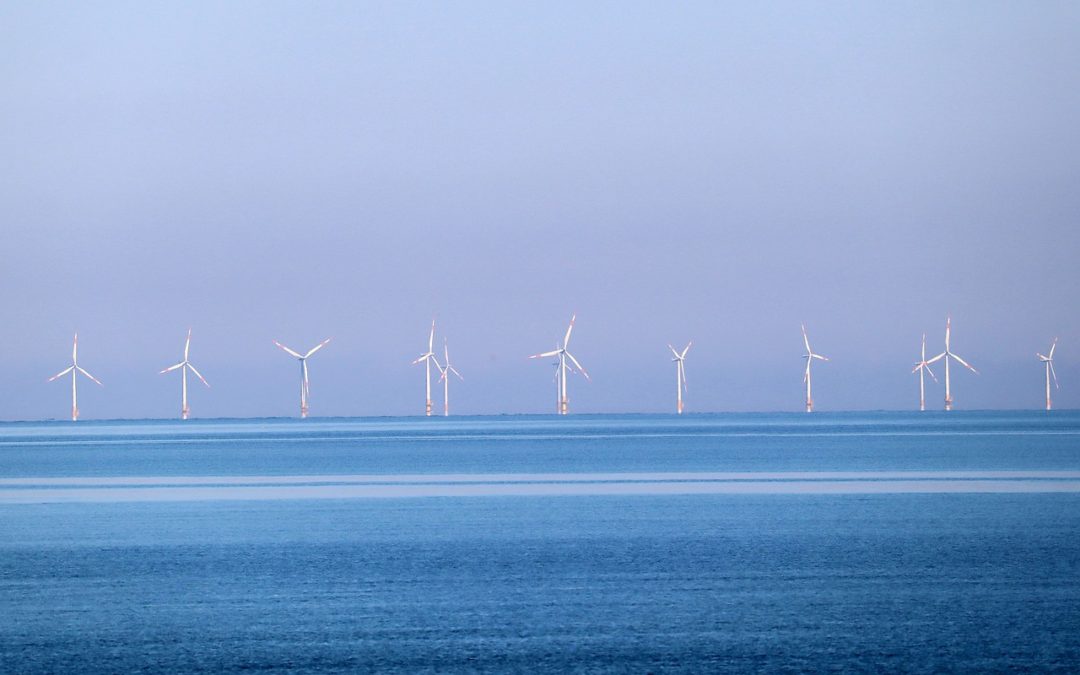Generating electricity in more efficient ways is a major concern as the world’s population continues to grow. Sustainability has never been more important, and wind-powered electrical plants are gaining momentum in the United States and beyond. Offshore wind projects serve as an alternative energy source that can conserve resources and enable smaller companies to enter the renewable energy arena. As this alternative is explored, legal and ethical implications come into play that attorneys must be aware of going forward. Here, we’ll explore what offshore wind power is, why it’s important, and how regulatory policies are being implemented.
Why Offshore Wind?
Offshore wind initiatives provide several advantages. The main one is the potential to tap into an alternative energy source. Wind power provides generation that requires no fuel, and produces no harmful emissions. Offshore wind turbines are operable in deeper waters, which allow turbines to access up to 60 percent more wind power than many traditional land-based locations.
So why offshore wind? Over the last few decades, renewable energy has been a popular topic, as energy companies look for more ways to transition into this market. Consumers have also become more open to alternative energy sources, and regulatory bodies have committed to exploring these alternatives through legislation and funding. Wind turbine technology continues to develop and complies with state-mandated renewable portfolio standards (RPS).
At present, there are four main offshore wind foundations available. The spar buoy foundation design is the most prevalent, and it leverages gravity for greater stability. This design was used to create the first floating wind farm located in Hywind, Scotland. The second most popular foundation is the semi-submersible platform that relies on buoyancy to gain stability. The other types of foundations are the tension-leg style that uses a mooring system for stability and the square barge, which offers greater flexibility when it comes to the depth of installation.
Offshore Wind and Its Legal Implications
While offshore wind is certainly a promising alternative to traditional electrical generation plants, there are some important aspects to consider as this alternative grows. One of the main issues when it comes to offshore wind involves jurisdiction.
Since offshore wind turbines are located in bodies of water, the question of state vs. federal jurisdictional waters comes into play. Typically located in either the Great Lakes or the outer continental shelf (OCS), offshore wind turbines are installed in submerged land, making it more difficult to make a distinction between state and federal waters. The Submerged Land Act of 1953 exacts jurisdiction over submerged land up to three nautical miles offshore in the Atlantic or Pacific oceans. For Texas, Louisiana, and Florida, the Act governs submerged land up to 9 nautical miles offshore. In terms of states bordering the Great Lakes, each has state jurisdiction over submerged lands from the shore to the center of each respective lake.
When the Act went into effect, renewable energy was in its infancy, and there was a push to further develop offshore wind projects and a need for more up-to-date direction. Federal offshore policy initiatives inform the regulatory process when it comes to siting and offshore turbine construction. Additionally, state and federal agencies have cooperated with offshore policy initiatives to promote growth in the industry. Cooperation between state and federal agencies is critical in combination with non-government policy initiatives, as they will help to drive costs down and simplify the permitting process.
Other Things to Know About Offshore Wind Projects
In the last few years, efforts have been ramped up to streamline project timelines and reduce construction and management costs. Aside from budget streamlining, recent amendments to the National Ocean Policy Implementation Plan—created in 2013—focus on a greater exchange of information between state and federal agencies, mapping technology to facilitate smoother wind turbine installations, and a more cohesive permitting process.
Currently, there are several floating offshore projects underway, and it is anticipated that major players in the oil industry will put their time and funds behind renewable energy projects. As a result, smaller players will still be able to tap into this industry, as it is so new. Offshore wind projects are still relatively new, and the technology makes it an ideal industry to break into thanks to minimal competition.
As this alternative source of energy gains momentum, there will undoubtedly be more initiatives designed to improve how state and federal governments can work together in a more cohesive manner. Collaboration will be key to helping offshore wind projects to move forward, and attorneys focusing on energy law will be critical for managing negotiations, drafting policy, and helping to enforce related laws.

Recent Comments